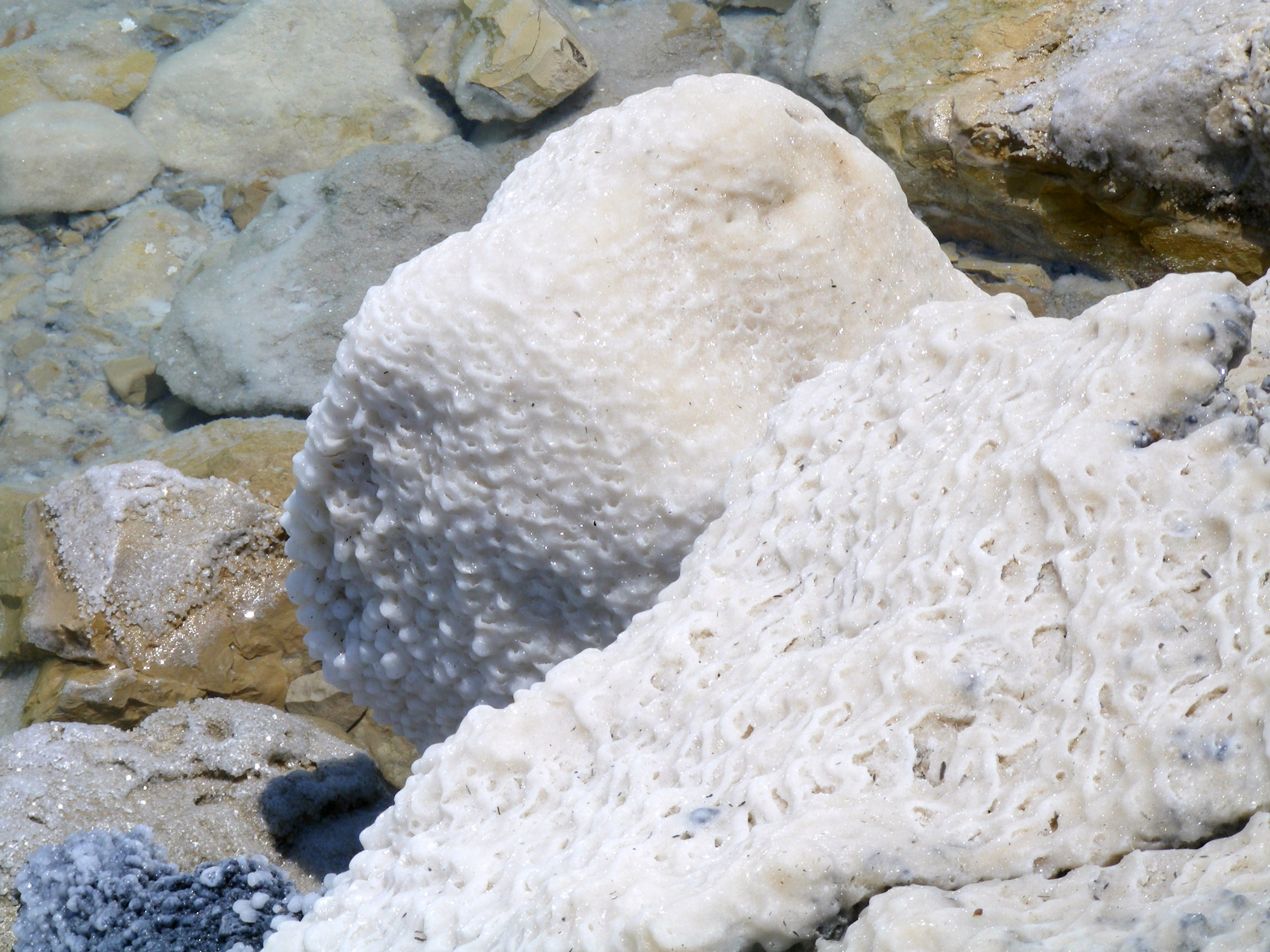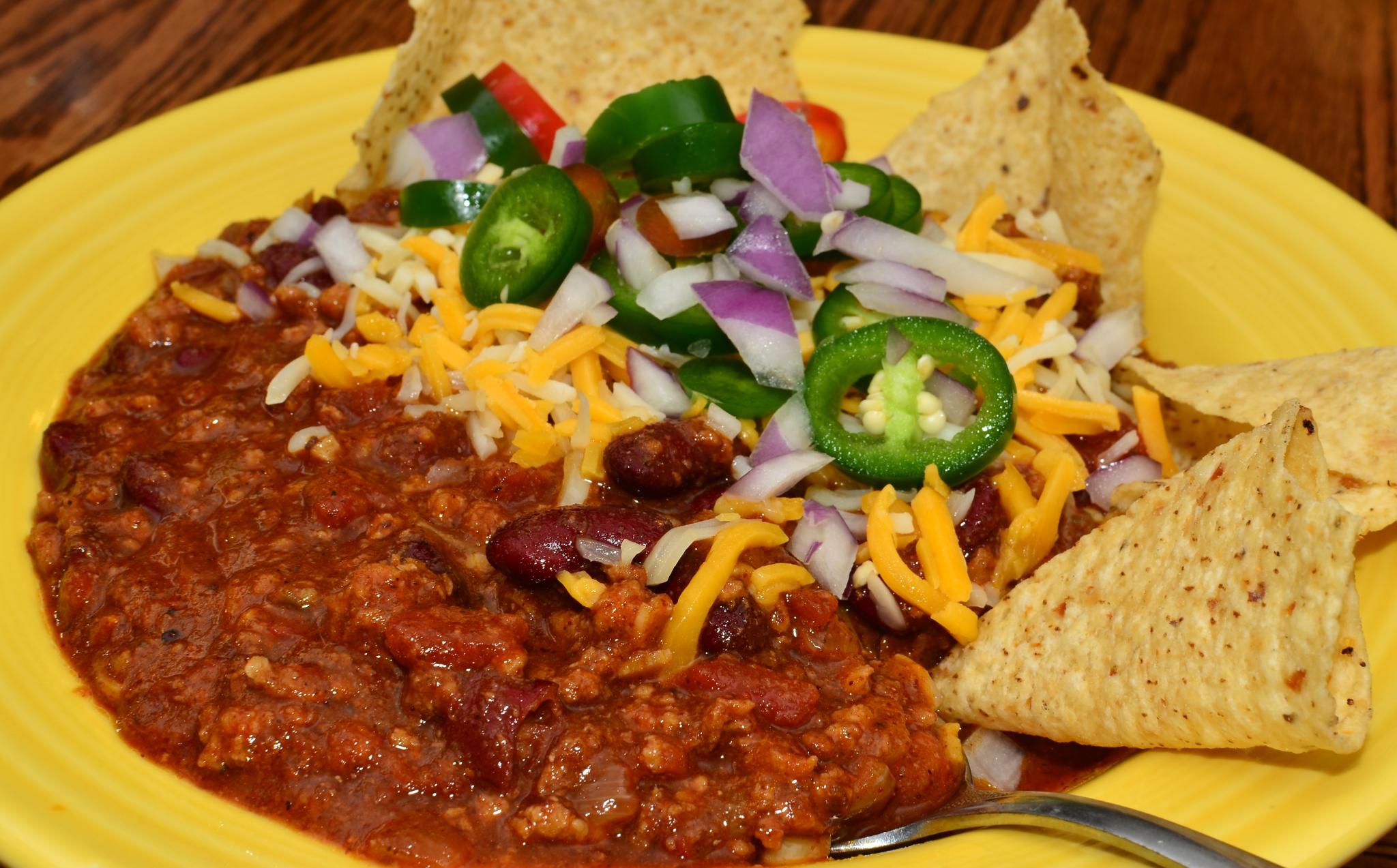|
Saltines
A saltine or soda cracker is a thin, usually square cracker usually made from white flour, sometimes yeast (although many are yeast free), and baking soda, with most varieties lightly sprinkled with coarse salt. It has perforations over its surface, as well as a distinctively dry and crisp texture. Some familiar brand names of saltine crackers in the Americas are Christie's ''Premium Plus'' (Canada), Nabisco's ''Premium'' (U.S.), Sunshine Biscuits' ''Krispy'' (U.S.), Keebler's ''Zesta'' (U.S.) (both owned by Kellogg's), Molinos Modernos' ''Hatuey'' (Dominican Republic) and Noel's Saltín (Colombia). Unsalted tops as well as whole grain saltines can also be found. History Soda crackers were described in ''The Young House-keeper'' by William Alcott in 1838. In 1876, F. L. Sommer & Company of St. Joseph, Missouri started using baking soda to leaven its wafer thin cracker. Initially called the Premium Soda Cracker and later "Saltines" because of the baking salt component, the in ... [...More Info...] [...Related Items...] OR: [Wikipedia] [Google] [Baidu] |
Cracker (food)
A cracker is a flat, dry baked food typically made with flour. Flavorings or seasonings, such as salt, herbs, seeds, or cheese, may be added to the dough or sprinkled on top before baking. Crackers are often branded as a nutritious and convenient way to consume a staple food or cereal grain. Crackers can be eaten on their own, but can also accompany other food items such as cheese or meat slices, fruits, dips, or soft spreads such as jam, butter, peanut butter, pâté, or mousse. Bland or mild crackers are sometimes used as a palate cleanser in food product testing or flavor testing, between samples. Crackers may also be crumbled and added to soup. The modern cracker is somewhat similar to nautical ship's biscuits, military hardtack, chacknels, and sacramental bread. Other early versions of the cracker can be found in ancient flatbreads, such as lavash, pita, matzo, flatbrød, and crisp bread. Asian analogues include papadum and senbei. The characteristic holes found in man ... [...More Info...] [...Related Items...] OR: [Wikipedia] [Google] [Baidu] |
Nabisco
Nabisco (, abbreviated from the earlier name National Biscuit Company) is an American manufacturer of cookies and snacks headquartered in East Hanover, New Jersey. The company is a subsidiary of Illinois-based Mondelēz International. Nabisco's plant in Chicago is the largest bakery in the world, employing more than 1,200 workers and producing around 320 million pounds of snack foods annually. Its products include Chips Ahoy!, Belvita, Oreo cookies, Ritz Crackers, Teddy Grahams, Triscuit crackers, Fig Newtons, and Wheat Thins for the United States, United Kingdom, Mexico, Bolivia, Venezuela, and other parts of South America. All Nabisco cookie or cracker products are branded Christie in Canada. Nabisco opened corporate offices as the National Biscuit Company in the Home Insurance Building in the Chicago Loop in 1898, the world's first skyscraper. History Pearson & Sons Bakery opened in Massachusetts in 1792, and they made a biscuit called pilot bread for consumptio ... [...More Info...] [...Related Items...] OR: [Wikipedia] [Google] [Baidu] |
Cracker (biscuit)
A cracker is a flat, dry baked food typically made with flour. Flavorings or seasonings, such as salt, herbs, seeds, or cheese, may be added to the dough or sprinkled on top before baking. Crackers are often branded as a nutritious and convenient way to consume a staple food or cereal grain. Crackers can be eaten on their own, but can also accompany other food items such as cheese or meat slices, fruits, dips, or soft spreads such as jam, butter, peanut butter, pâté, or mousse. Bland or mild crackers are sometimes used as a palate cleanser in food product testing or flavor testing, between samples. Crackers may also be crumbled and added to soup. The modern cracker is somewhat similar to nautical ship's biscuits, military hardtack, chacknels, and sacramental bread. Other early versions of the cracker can be found in ancient flatbreads, such as lavash, pita, matzo, flatbrød, and crisp bread. Asian analogues include papadum and senbei. The characteristic holes found in man ... [...More Info...] [...Related Items...] OR: [Wikipedia] [Google] [Baidu] |
Salt
Salt is a mineral composed primarily of sodium chloride (NaCl), a chemical compound belonging to the larger class of salts; salt in the form of a natural crystalline mineral is known as rock salt or halite. Salt is present in vast quantities in seawater. The open ocean has about of solids per liter of sea water, a salinity of 3.5%. Salt is essential for life in general, and saltiness is one of the basic human tastes. Salt is one of the oldest and most ubiquitous food seasonings, and is known to uniformly improve the taste perception of food, including otherwise unpalatable food. Salting, brining, and pickling are also ancient and important methods of food preservation. Some of the earliest evidence of salt processing dates to around 6,000 BC, when people living in the area of present-day Romania boiled spring water to extract salts; a salt-works in China dates to approximately the same period. Salt was also prized by the ancient Hebrews, Greeks, Romans, Byza ... [...More Info...] [...Related Items...] OR: [Wikipedia] [Google] [Baidu] |
Huntley And Palmers
Huntley & Palmers is a British company of biscuit makers originally based in Reading, Berkshire. Formed by Joseph Huntley in 1822, the company became one of the world's first global brands (chiefly led by George Palmer who joined in 1841) and ran what was once the world’s largest biscuit factory. The biscuits were sold in elaborately decorated biscuit tins. In 1900 the company's products were sold in 172 countries, and their global reach saw their advertising posters feature scenes from around the world. Over the years, the company was also known as "J. Huntley & Son" and "Huntley & Palmer". In 2006, Huntley & Palmers resumed operations and was re-established in Sudbury, Suffolk. Since 1985, the New Zealand firm Griffin's Foods has made Huntley and Palmers biscuits under licence. In 2017, conservators found a 106-year-old fruitcake from the company in the artefacts from Cape Adare. The cake is believed to have been part of the rations of Captain Robert Falcon Scott’s Terra ... [...More Info...] [...Related Items...] OR: [Wikipedia] [Google] [Baidu] |
Soup
Soup is a primarily liquid food, generally served warm or hot (but may be cool or cold), that is made by combining ingredients of meat or vegetables with stock, milk, or water. Hot soups are additionally characterized by boiling solid ingredients in liquids in a pot until the flavors are extracted, forming a broth. Soups are similar to stews, and in some cases there may not be a clear distinction between the two; however, soups generally have more liquid (broth) than stews. In traditional French cuisine, soups are classified into two main groups: ''clear soups'' and ''thick soups''. The established French classifications of clear soups are '' bouillon'' and '' consommé''. Thick soups are classified depending upon the type of thickening agent used: '' purées'' are vegetable soups thickened with starch; '' bisques'' are made from puréed shellfish or vegetables thickened with cream; cream soups may be thickened with béchamel sauce; and '' veloutés'' are thic ... [...More Info...] [...Related Items...] OR: [Wikipedia] [Google] [Baidu] |
Chili Con Carne
Chili con carne (also spelled chilli con carne or chile con carne and shortened to chili or chilli; ), meaning "chili with meat", is a spicy stew containing chili peppers (sometimes in the form of chili powder), meat (usually beef), tomatoes and often pinto beans or kidney beans. Other seasonings may include garlic, onions, and cumin. The dish originated in northern Mexico or southern Texas. Geographic and personal tastes involve different types of meat and other ingredients. Recipes provoke disputes among aficionados, some of whom insist that the word ''chili'' applies only to the basic dish, without beans and tomatoes. Chili con carne is a common dish for cook-offs, and may be used as a side, garnish, or ingredient in other dishes, such as soups or salsas. Origins and history In writings from 1529, the Franciscan friar Bernardino de Sahagún described chili pepper-seasoned stews being consumed in the Aztec capital, Tenochtitlan, now the location of Mexico City. The u ... [...More Info...] [...Related Items...] OR: [Wikipedia] [Google] [Baidu] |
Stew
A stew is a combination of solid food ingredients that have been cooked in liquid and served in the resultant gravy. A stew needs to have raw ingredients added to the gravy. Ingredients in a stew can include any combination of vegetables and may include meat, especially tougher meats suitable for slow-cooking, such as beef, pork, lamb, poultry, sausages, and seafood. While water can be used as the stew-cooking liquid, stock is also common. A small amount of red wine is sometimes added for flavour. Seasoning and flavourings may also be added. Stews are typically cooked at a relatively low temperature ( simmered, not boiled), allowing flavours to mingle. Stewing is suitable for the least tender cuts of meat that become tender and juicy with the slow moist heat method. This makes it popular in low-cost cooking. Cuts having a certain amount of marbling and gelatinous connective tissue give moist, juicy stews, while lean meat may easily become dry. Stews are thickened by re ... [...More Info...] [...Related Items...] OR: [Wikipedia] [Google] [Baidu] |
Salad
A salad is a dish consisting of mixed, mostly natural ingredients with at least one raw ingredient. They are typically served at room temperature or chilled, though some can be served warm. Condiments and salad dressings, which exist in a variety of flavors, are often used to enhance a salad. Garden salads use a base of leafy greens such as lettuce, arugula/rocket, kale or spinach; they are common enough that the word ''salad'' alone often refers specifically to garden salads. Other types include bean salad, tuna salad, bread salad (e.g. fattoush, panzanella), vegetable salads without leafy greens (e.g. Greek salad, potato salad, coleslaw), sōmen salad (a noodle-based salad), fruit salad, and desserts like jello salad. Salads may be served at any point during a meal: *Appetizer salads — light, smaller-portion salads served as the first course of the meal * Side salads — to accompany the main course as a side dish; examples include potato salad and coleslaw * ... [...More Info...] [...Related Items...] OR: [Wikipedia] [Google] [Baidu] |
Frank L
Frank or Franks may refer to: People * Frank (given name) * Frank (surname) * Franks (surname) * Franks, a medieval Germanic people * Frank, a term in the Muslim world for all western Europeans, particularly during the Crusades - see Farang Currency * Liechtenstein franc or frank, the currency of Liechtenstein since 1920 * Swiss franc or frank, the currency of Switzerland since 1850 * Westphalian frank, currency of the Kingdom of Westphalia between 1808 and 1813 * The currencies of the German-speaking cantons of Switzerland (1803–1814): ** Appenzell frank ** Argovia frank ** Basel frank ** Berne frank ** Fribourg frank ** Glarus frank ** Graubünden frank ** Luzern frank ** Schaffhausen frank ** Schwyz frank ** Solothurn frank ** St. Gallen frank ** Thurgau frank ** Unterwalden frank ** Uri frank ** Zürich frank Places * Frank, Alberta, Canada, an urban community, formerly a village * Franks, Illinois, United States, an unincorporated community * Franks, Missour ... [...More Info...] [...Related Items...] OR: [Wikipedia] [Google] [Baidu] |
Waxed Paper
Waxed paper (also wax paper, waxpaper, or paraffin paper) is paper that has been made moisture-proof and grease-proof through the application of wax. The practice of oiling parchment or paper in order to make it semi-translucent or moisture-proof goes back at least to the Middle Ages. Paper impregnated or coated with purified beeswax was widely used throughout the 19th century to retain or exclude moisture, or to wrap odorous products. Gustave Le Gray introduced the use of waxed paper for photographic negatives in 1851. Natural wax was largely replaced for the making of waxed paper (or paraffine paper) after Herman Frasch developed ways of purifying paraffin and coating paper with it in 1876. Waxed paper is commonly used in cooking for its non-stick properties, and wrapping food for storage, such as cookies, as it keeps water out or in. It is also used in arts and crafts. Food preparation Waxed paper is not recommended for baking use in an oven, as it will smoke and explode ... [...More Info...] [...Related Items...] OR: [Wikipedia] [Google] [Baidu] |
Arnott's Biscuits Holdings
Arnott's Biscuits Limited is an Australian producer of biscuits and snack food. Founded in 1865, they are the largest producer of biscuits in Australia and a subsidiary of KKR. History In 1847, Scottish immigrant William Arnott opened a bakery in Morpeth, New South Wales. Later in 1865 he moved to a bakery on Hunter Street, Newcastle, providing bread, pies and biscuits for the townspeople and the ships docking at the local port. Until 1975 the company was under family control with the descendants of William Arnott, including Halse Rogers Arnott and Geoffrey H. Arnott, acting as Chairman. Arnott's, in common with the majority of Australian biscuit manufacturers, operated primarily in its home state, New South Wales, but has manufacturing plants in Virginia, Queensland (manufactures only plain, cream and savoury biscuits) and Shepparton, Victoria. In 1949 it merged with Morrows Pty Ltd, a Brisbane biscuit manufacturer, forming William Arnotts, Morrow Pty Ltd. In the 1960 ... [...More Info...] [...Related Items...] OR: [Wikipedia] [Google] [Baidu] |



.jpg)
_-_Soup_(1865).jpg)


